Introduction
Oil pipelines are the arteries of the energy sector, transporting vast quantities of crude oil and refined products across vast distances. Like any infrastructure, pipelines require regular maintenance to ensure their integrity, efficiency, and safety. This maintenance includes routine inspections, cleaning, repairs, and the crucial process of pigging.
Overview of Oil Pipeline Maintenance
Maintaining an oil pipeline is a complex task that involves monitoring the structural condition, preventing corrosion, ensuring the smooth flow of oil, and adhering to environmental and safety standards. Regular maintenance activities include the inspection of pipes for wear and tear, checking for potential leaks, and cleaning of internal deposits such as wax, scale, and other residues that can impede flow or cause damage over time.
The Importance of Pigging in the Oil Industry
Pigging plays a pivotal role in the maintenance of oil pipelines. It involves the use of devices known as “pigs” to perform various maintenance tasks within the pipeline without stopping the flow of oil. This method is not only cost-effective but also minimizes downtime, making it an essential practice in the industry. Pigging ensures the longevity and reliability of pipelines by removing buildup, inspecting the state of the pipeline, and preventing potential disruptions that could lead to environmental hazards or costly operational halts.
Understanding Pigging
Definition of Pipeline Pigging
Pipe pigging refers to maintenance techniques that perform various tasks such as cleaning, inspecting, and measuring the inner surface by inserting and threading a tool called a “pig” through the pipe. The pig can be simple, designed only to clean the pipe by scraping and sweeping debris. Pigs can also be complex and equipped with instruments for detailed inspection.
Brief History of Pigging in Oil Pipelines
The practice of pigging originated in the early days of pipe use when workers would clean pipes by pushing bundled straw through them. The scraping noise the pig made inside the pipe resembled the sounds of pigs, which is how pigging got its name. As technology advanced, so did pigging technology. Nowadays, pigs are advanced tools.
How Pigging Works: The Basics
In basic operation, operators insert the pig into the pipeline using a pig launcher, a specialized pressure vessel. The pig then follows the flow into the pipe. Once inside, the pressure difference across the pig propels it through the pipeline. As the pig moves, it carries out its assigned tasks, ranging from physical cleaning to recording the pipe’s condition. Eventually, the pigging receiver captures it at the other end. Technicians remove the pig there for maintenance, cleaning, or data analysis.
What Tools Do Pigging Oil Pipelines Need?
Pipe Pig
A pipe pig is a cylindrical-shaped tool that closely fits the inside diameter of the pipe. They range from simple foam cylinders to complex units equipped with sensors, and their main functions include removing sediment from pipes, checking internal conditions through sensors, and separating different products within pipes. Pig designs are varied, each designed for a specific task such as batch processing, cleaning, displacing, or inspection.
Pigging transmitter and receiver
A pig launcher is a device that introduces the pig into the pipeline. It is usually a chamber with a sealed door that can withstand pipe pressure. In contrast, the receiver safely removes the pig from the pipeline after the pig has completed its task. The transmitter and receiver are critical to the pigging process, allowing the pig to be inserted and retrieved without interrupting the product flow.
Quick Open Closure
Quick-open closures are designed for fast and secure access to pigging transmitters and receivers. These closures provide a safe and efficient way to open and close the door of the pigging container under pressure. They are essential for reducing downtime in pigging operations, allowing operators to quickly change pigs and perform maintenance or inspections. Quick-opening closures usually have a safety interlock to prevent accidental opening when the system is pressurized.
Benefits of Pigging Oil Pipelines
Pigging maintains optimal flow efficiency, swiftly removing deposits and blockages. This process keeps oil moving smoothly, enhancing throughput.
Additionally, pigging prevents corrosion and build-up. Regular cleaning actions strip away harmful substances that can degrade the pipeline. This defense keeps the inner surfaces clean and functional.
Furthermore, pigging extends the life of oil pipelines. By averting accumulation and corrosion, it reduces stress on the pipeline. This regular upkeep delays the need for costly repairs or replacements, safeguarding your investment.
In summary, pigging plays a crucial role. It ensures efficient operations, protects against damage, and prolongs pipeline service life. Embrace this routine for a more reliable oil transport system.
FAQs in Pigging Oil Pipelines
- What Is the Frequency of Pigging in Oil Pipelines?
Pigging frequency varies depending on the oil type, pipeline conditions, and regulatory requirements. Typically, it’s done monthly to annually. - How Do You Determine the Right Type of Pig for a Pipeline?
The right pig type is determined by pipeline size, the nature of the transported material, and the specific cleaning or inspection needs. - Can Pigging Be Performed on an Active Pipeline?
Yes, pigging can often be performed without interrupting the normal flow of product in the pipeline. - What Are the Signs That a Pipeline Needs to Be Pigged?
Decreased flow rates, increased pressure drops, and irregularities detected in inspection data indicate a need for pigging. - How Does Pigging Contribute to Environmental Safety?
Pigging helps prevent leaks and ruptures by maintaining pipeline integrity, thus reducing the risk of environmental contamination.
Conclusion
- Recap of Key Points
- The Critical Role of Pigging in the Oil Industry


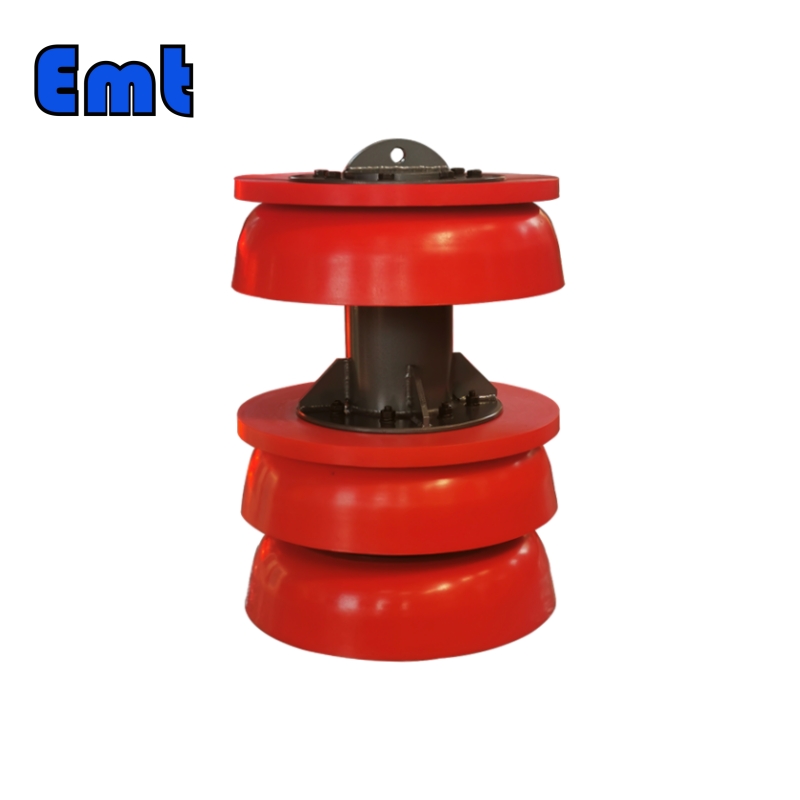
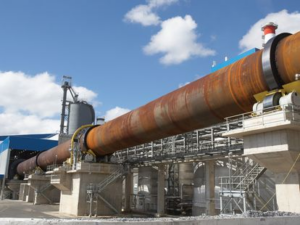
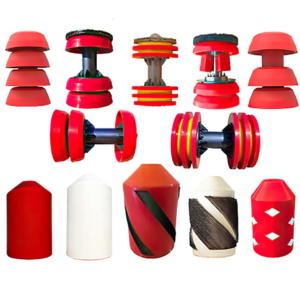
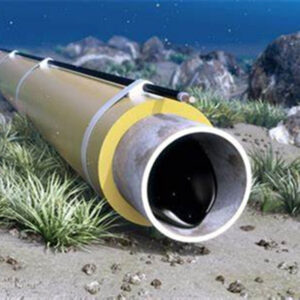
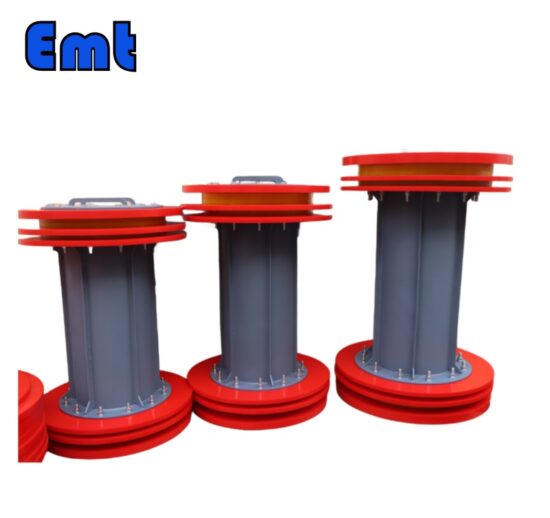
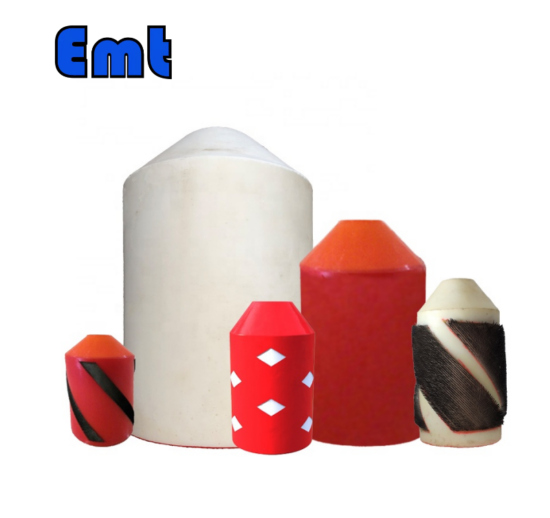
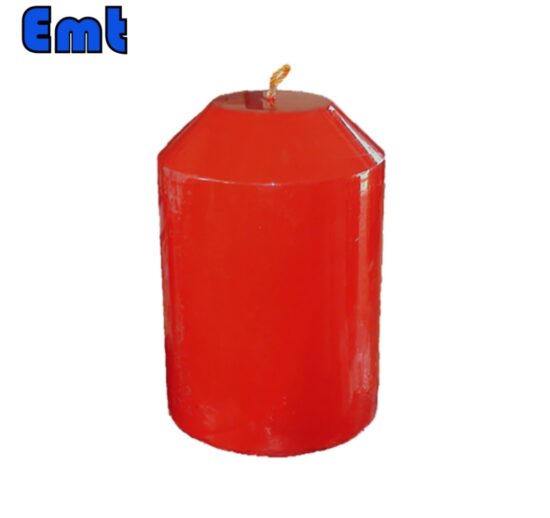
There are no reviews yet.